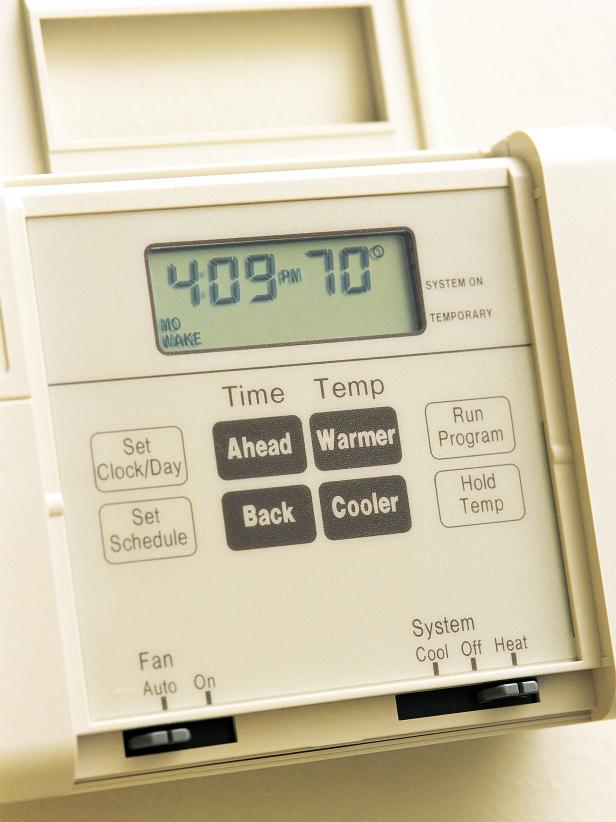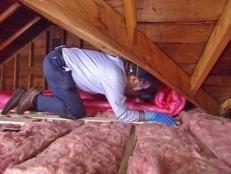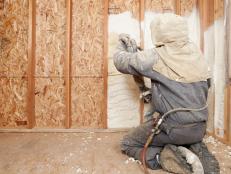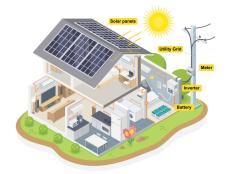Energy Efficient Home Tips

Comstock
Each year homeowners spend millions of dollars heating and cooling inefficient homes. Here are a few energy-saving tips to make your home more efficient.
- Turning back your thermostat by just 10 to 15 percent for eight hours a day can trim your annual heating bills by up to 10 percent.
- A programmable thermostat can do this automatically, helping to minimize unnecessary heating and cooling when not at home.
- Stop drafts by caulking and weather stripping doors and windows, and close vents and doors to unused rooms.
- Have your home's heating and cooling systems serviced before peak seasons and change filters monthly to allow for better air flow.
- If you rely on propane to heat your home, fill your tank before cold weather hits, and talk with your propane dealer about spreading out costs to keep your winter bills more manageable. Note: Know what propane smells like. There are propane leak detectors and pamphlets with scratch-and-sniff spots.
- Reduce the cost of hot water by setting your water heater to 130 degrees instead of the standard 140 degrees. Note: Propane water heaters can cost one-third less to operate than electric water heaters. They recover hot water twice as fast as electric water heaters. You can increase your water heater's efficiency by draining it every six months to remove lime deposits and sediment.
- You can further reduce hot water use by installing a flow-restricting showerhead and by filling your washing machine and clothes dryer with full loads.
- To get the most out of your gas stove, select one with an electric ignition so the pilot light isn't always on. An electronic ignition uses 40 percent less energy than a standard pilot light.
- Make sure the burners on your stove are burning with blue cone-shaped flame. A yellow flames means air inlets or burners need repair.
- Finally, check the seal on your oven door regularly for gaps or tears that let heat escape.
- Remember, an energy-efficient home is not only more affordable; it's also more comfortable.









































